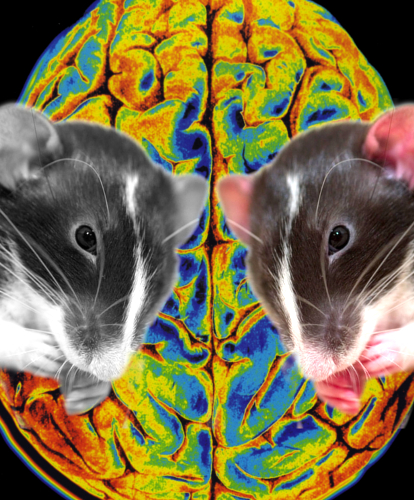Neural stem cells could treat chemobrain
 Human neural stem cells are showing promise for reversing learning and memory damage after chemotherapy.
Human neural stem cells are showing promise for reversing learning and memory damage after chemotherapy.
In preclinical studies using rodents, researchers in the US found that stem cells transplanted one week after chemotherapy sessions restored a range of cognitive functions.
In contrast, rats not treated with stem cells showed significant learning and memory impairment.
The frequent use of chemotherapy to combat multiple cancers can produce severe cognitive dysfunction, often referred to as “chemobrain”, which can persist and manifest in many ways long after the end of treatments in as many as 75 percent of survivors - a problem of particular concern with paediatric patients.
“Our findings provide the first solid evidence that transplantation of human neural stem cells can be used to reverse chemotherapeutic-induced damage of healthy tissue in the brain,” said Charles Limoli, a professor of radiation oncology.
“In many instances, people experience severe cognitive impairment that's progressive and debilitating,” Limoli said.
“For paediatric cancer patients, the results can be particularly devastating, leading to reduced IQ, asocial behaviour and diminished quality of life.”
For the study, adult neural stem cells were transplanted into the brains of rats after chemotherapy.
The cells migrated throughout the hippocampus, where they survived and differentiated into multiple neural cell types.
Additionally, these cells triggered the secretion of neurotrophic growth factors that helped rebuild wounded neurons.
Importantly, the team found that engrafted cells protected the host neurons, thereby preventing the loss or promoting the repair of damaged neurons and their finer structural elements, referred to as dendritic spines.
“This research suggests that stem cell therapies may one day be implemented in the clinic to provide relief to patients suffering from cognitive impairments incurred as a result of their cancer treatments,” Limoli said.
“While much work remains, a clinical trial analysing the safety of such approaches may be possible within a few years.”








 Print
Print